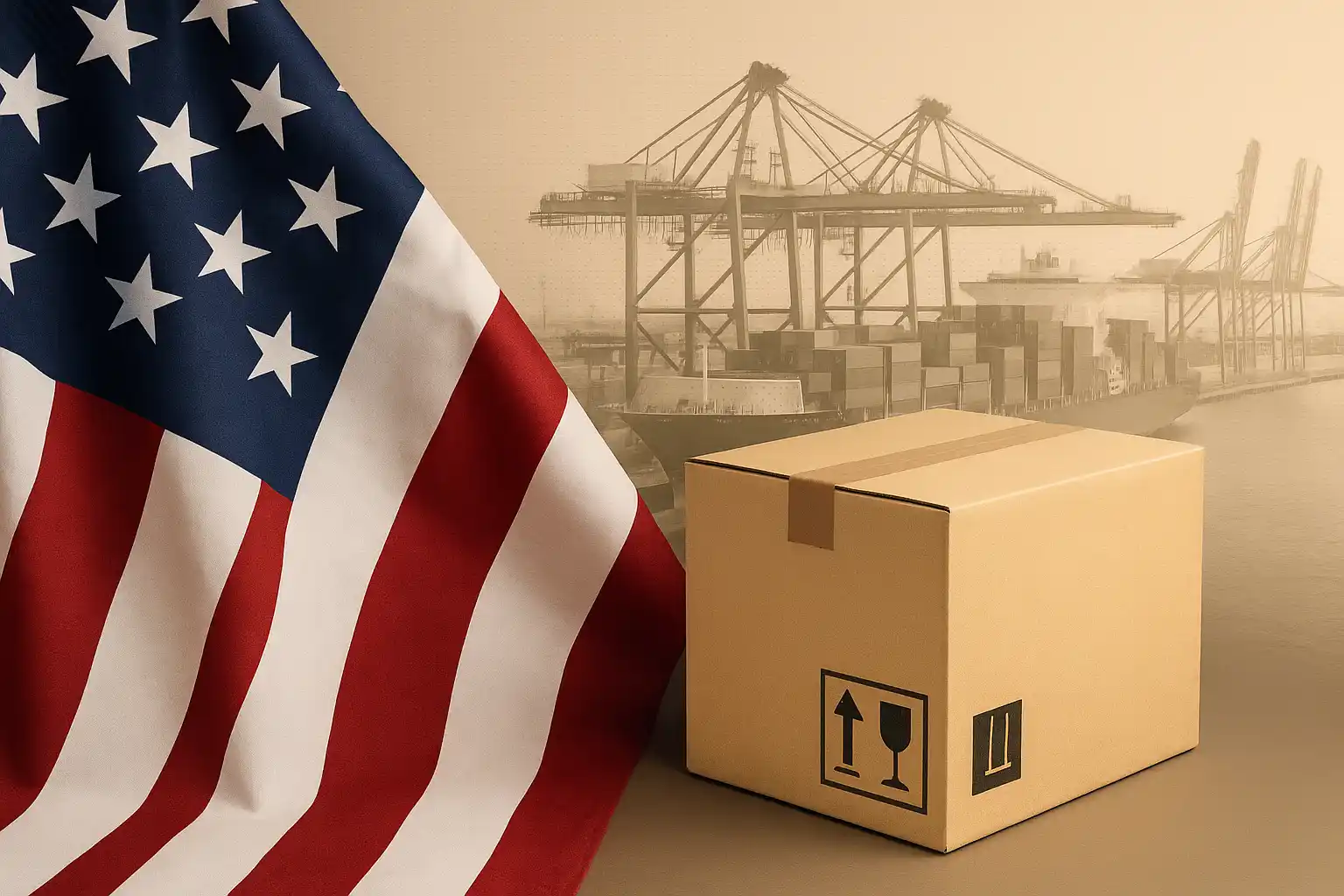Shipping internationally is only sometimes feasible. But if you have a solid fan base for your products overseas, it's time to consider the shipping costs overseas. With that said, there are a lot of courier services that might easily trick you by giving false claims and low costs. All you will be left with is damaged products and disappointed customers. Let's not make an opportunity for this to happen. Here's the ultimate guide to help you know everything about shipping costs overseas so you can peacefully ship your products abroad without paying hefty fees.
International freight, customs, and international carriers
Starting from basics 101, since international shipping is complicated and entails a lengthy process, companies that offer international freight logistics come into the scene. They specialize in overseas shipping; therefore, associating with those companies helps you quickly and smoothly deliver your products to the right customers. It also guarantees that your products won't be damaged during the process.
The customs issue comes into consideration when you send your items to different countries. If it's a small product, the problem isn't pronounced. But if the items are of substantial weight, such as handmade pottery, paintings, etc., the customs must be paid to ship them to a different country.
If you decide to send your products overseas, know that there are three carriers you can go with:
- The International Carriers
It is the most sought-after option as of now, and the most popular international carriers are DHL and FedEx. From picking the package to delivering it to the preferred customer, they have it all covered. You may have to pay a sizable amount, but your order is guaranteed to reach in perfect shape, no matter the distance.
Further, they have a pretty prompt tracking service. It allows you to provide customers with timely updates on their whereabouts.
- The National Carriers
National carriers take care of all your shipping services within the national border. Anything beyond that is not under their direct scope. These carriers get in touch with local contacts to ensure the item reaches the final destination prim and adequately. So until the furthest national border, your order will be safe with them, beyond which you'll have to seek the help of another local contact of that country to get the parcel going.
Take, for example, the case of the United States Postal Service (USPS). The USPS transport all your parcels within the national borders. Once it crosses the national border, the reign is handed over to a local service the USPS has direct contact with. However, USPS will overlook the whole shipping journey to ensure your package receives the right owner.
The main disadvantage is that you will need more clarity regarding the whereabouts of your product once it crosses the border. The tracking services are limited; therefore, you might need more time to provide timely updates to your clients. The cost may or may be at most that of international carriers. It depends on which country you are sending the parcel to. - International Freight Forwarder
The international freight forwarder can be ranked somewhere between the national carrier and the final mile carrier of the country. They receive the package from the final destination on your national border, clear out all the customs charges, and hand it over to the local courier. It, too, would be time-consuming, but you will have an idea of where your product is currently at all times.
â€

.webp)



